Like other wealthy countries, the UK now has swelling numbers of people whose needs for the basics – food and shelter – are not being met. The proportion of the UK population experiencing food insecurity has risen sharply, as has the proportion of those who are homeless (Joseph Rowntree Foundation, 2024). This is occurring at the same time that the global population is growing and becoming more unequal, while overshooting Earth’s capacity to sustain not only us, but all living systems.
Designers keen to help tackle these worsening conditions might propose we need more housing and more food outlets. This may well be the case, but living systems design approaches can help us gain deeper insight and frame these conditions more imaginatively and creatively for action.
You might think of food and housing as separate things. Taking a systemic view, however, sees them as closely connected. They are both global commodities produced and traded for investor profits, guaranteed by basic human needs. In fact, housing has become the most valuable asset on Earth – worth three times more than the total global gross domestic product (GDP) (Farha et al., 2022). The consequence of population growth and human development also pitches housing and food production into conflict, with agricultural land and watersheds being subsumed into large tracts of new housing as cities expand. Cities and mega-cities of the world already have ecological footprints vastly larger than their land areas (Steele, 2020).
Housing means much more to people than just shelter. Having secure housing – a home – also plays a crucial role in eating, resting and health, in interacting and socialising, and in connecting and belonging in communities (Max-Neef, Elizalde & Hopenhayn, 1989, p. 33). A home is always embedded in a particular ecosystem and bioregion, as are we, and, while often not obvious, we live in a relationship with these systems. Our actions can improve their function and continuation – as regenerative action – or degrade them further. Meeting the swelling unmet needs for food and shelter needs design strategies that are creative, regenerative and empower impacted people.
Although more housing and food outlets may be needed, it is by taking a design approach with all living systems in mind that can help us gain deeper insight into (add deeper insight into what) and frame these conditions more imaginatively and creatively for action.
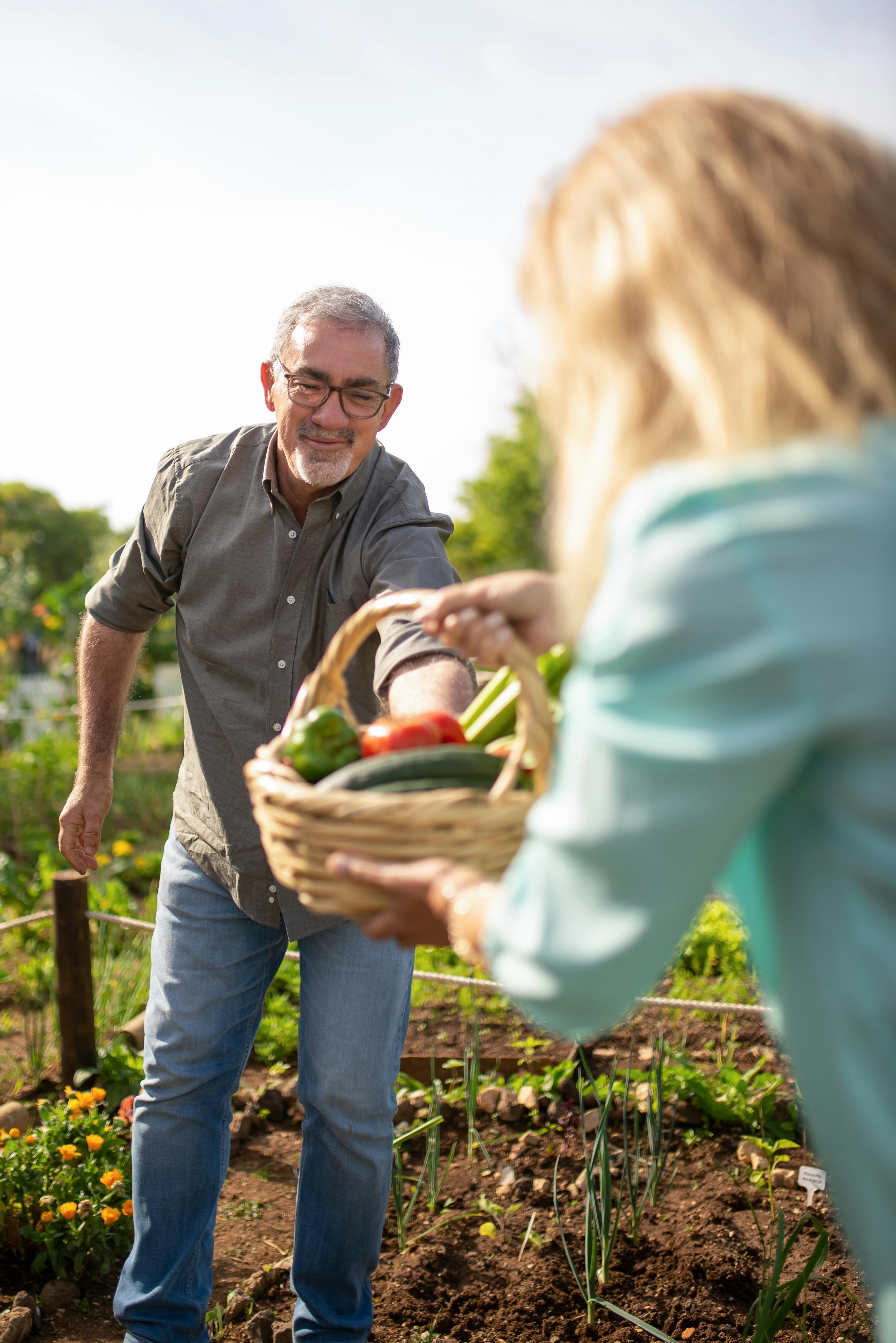
There are already heroic volunteer efforts across countries trying to stem unmet needs arising from poverty and widening inequality. At the same time, governments in most places no longer directly provide social housing, and allow markets (and subsidies) to determine the costs of housing and food. We need new strategies that simultaneously address basic needs and the planetary health threats with which we live, including global heating, biodiversity loss and pollution, which all risk human health. Through living systems design we can, for example, use multiplying, leveraging and amplifying design strategies. In combination, these strategies can make positive contributions to housing supply, food security, social support, biodiversity, renewable energy, health and well-being.
Multiplying targets existing infrastructure without simply adding more of the same. This may begin with policy design, for example, to introduce incentives for homeowners to retrofit oversized homes into flexible, multi-generation or non-traditional co-housing. Such incentives should increase for integrating food production, biodiversity, renewable energy and water catchment. In this, designers have roles to play in advocacy, communication design and integrated retrofitting. Multipliers can also be created with co-design platforms, for example, that support in-kind legal agreements of reciprocal care. This could mean exchanging surplus space in a home for care of a resident, their home and garden (including food production and biodiversity).
Leveraging seeks new design opportunities in functioning systems. Even in the densely populated UK, there is still much latent potential to expand food production on private and public land. Roles for designers in this context might involve mapping and strengthening existing networks between food and housing charities, private and community gardens, and allotments and community kitchens. System mapping through design can identify flows and feedbacks that need to be created or bridged, mindful that healthy, fresh produce is of little use to people experiencing deep poverty if they cannot afford the energy to store and prepare it.
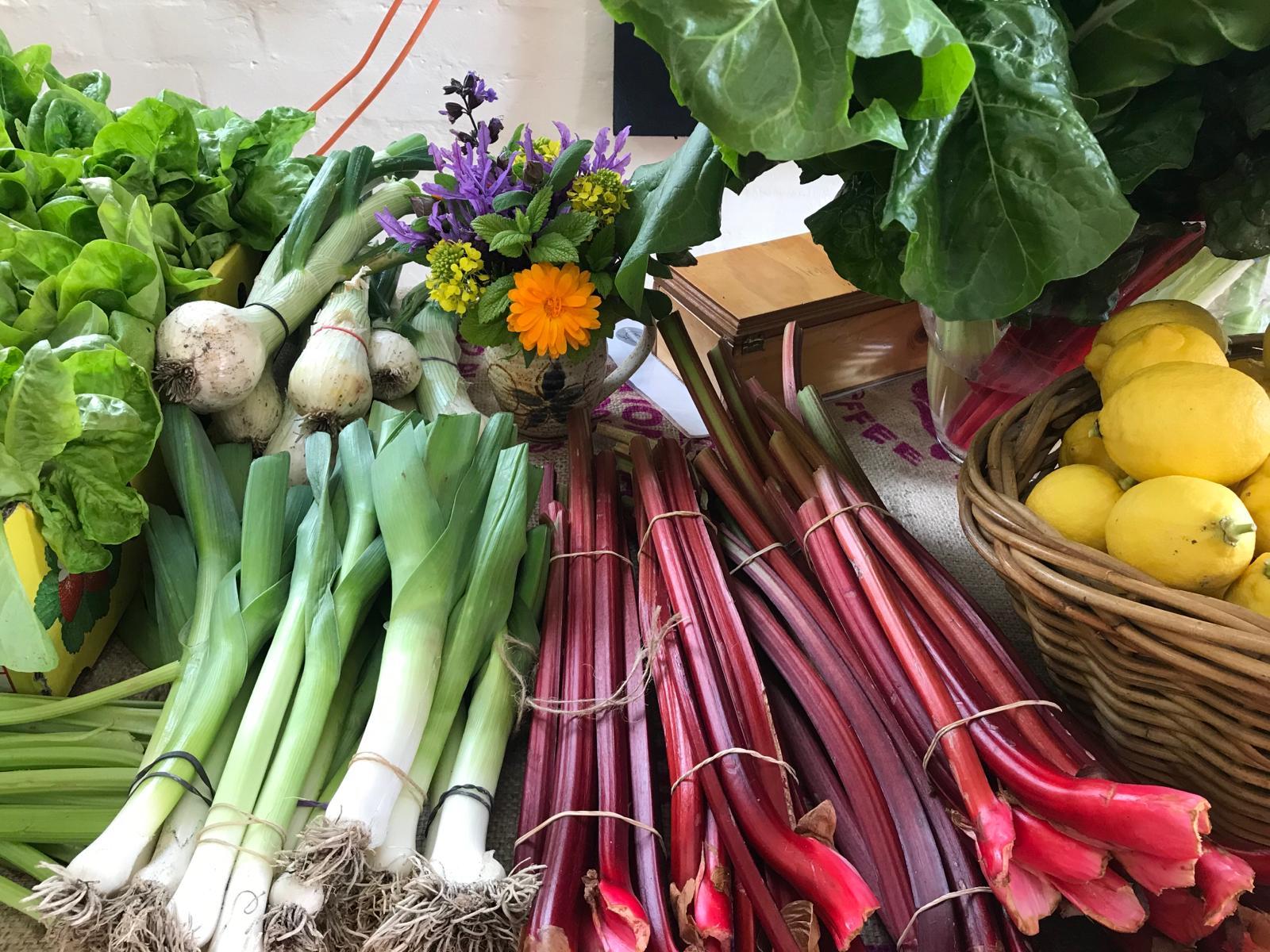
Amplifying is
opportunistic; targeting new system interventions to expand their impact. From February
2024, new legislation requires all property developers in England to achieve a
biodiversity net gain (BND) of at least 10% which ‘means a development will result
in more or better quality natural habitat than there was before development’
(DEFRA, 2024, para. 3). This signals possibilities for designers to integrate
food production with new habitat as reciprocal rather than separate things, and
to increase flows of localised food production into existing community-led
support networks. New learning communities will be part of such system change
as designers collaborate with ecologists and others creating green spaces and
habitats for BND.
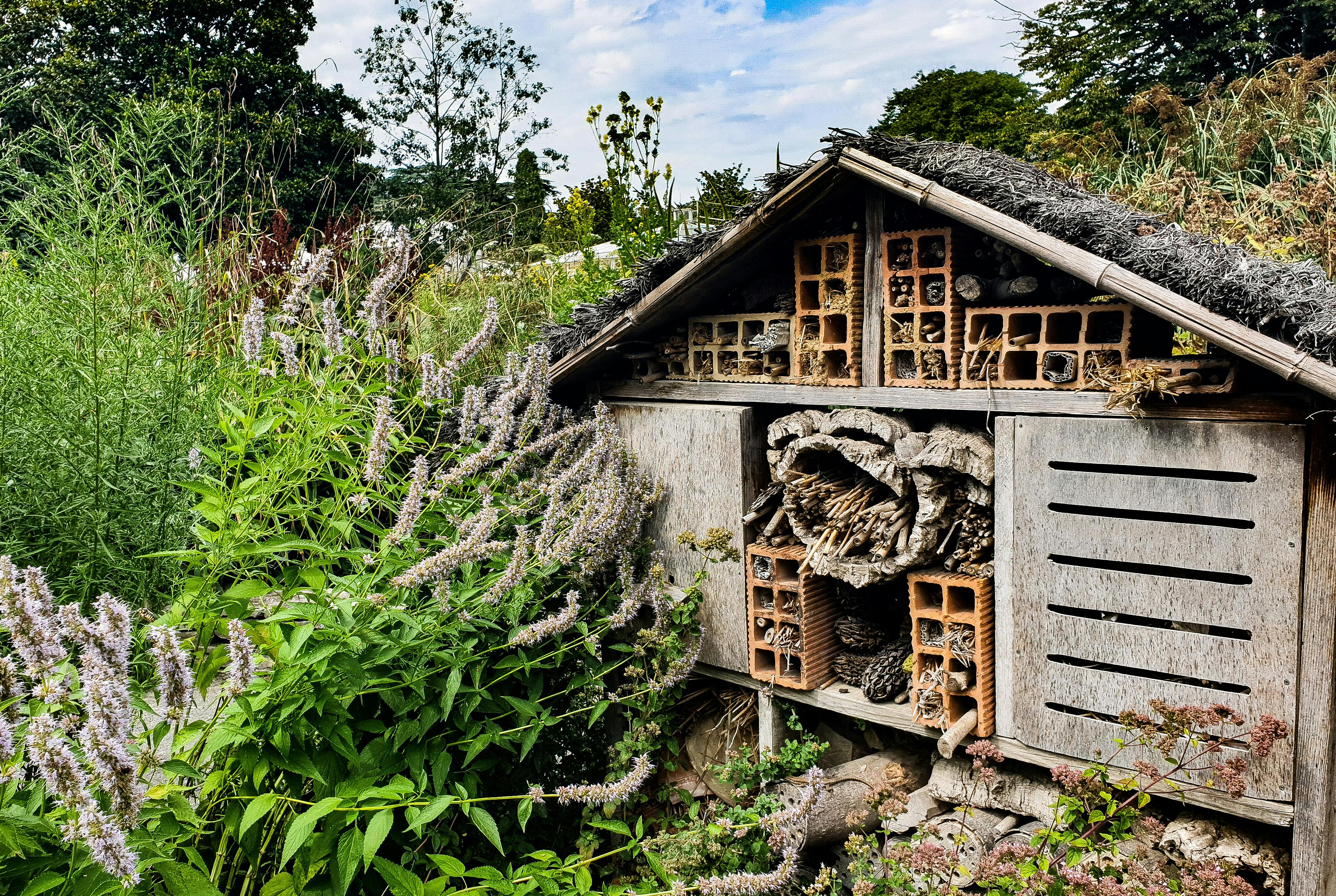 Brown wooden house for insects surrounded by green plants
Brown wooden house for insects surrounded by green plants
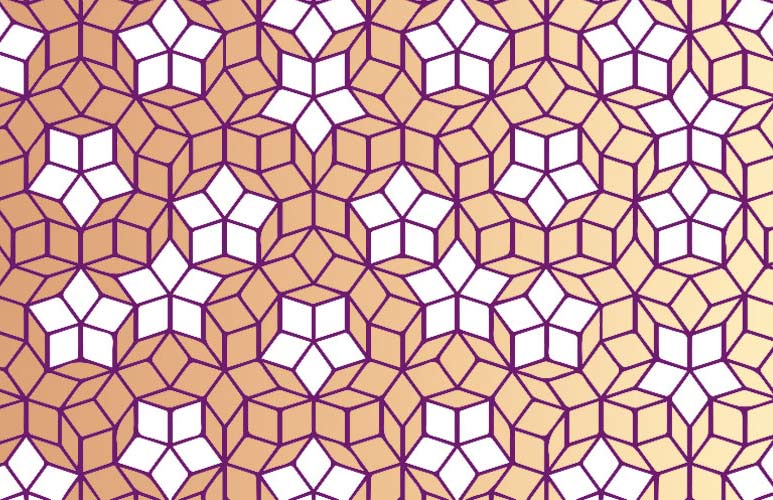


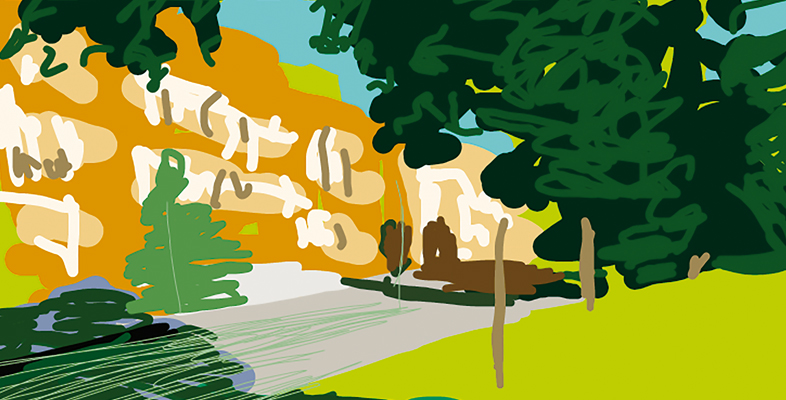
Rate and Review
Rate this article
Review this article
Log into OpenLearn to leave reviews and join in the conversation.
Article reviews